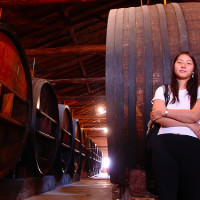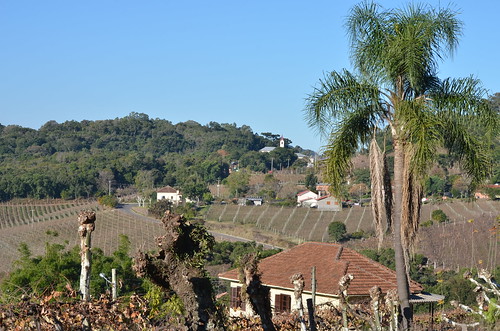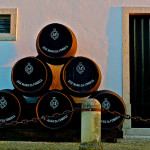South American Wine Producing Countries
When it comes to the new world of wine, South America in many ways is changing how we think of wine and how it should be produced. With a new generation of winemakers, largely educated overseas, but now moving home, South America stands on the precipice of joining the world’s wine elite in a major way. Here are some of the most important countries in the region.
Argentina:
License: Creative Commons image source
Argentina has quickly become the 5th largest wine producer in the world (right behind the United States, or simply California whatever you prefer) and is unique in that as most of the great wine produced in the country is consumed locally, only a small portion is shipped out to the export market. The grape of focus here is Malbec, the least well known of the five Bordeaux varieties which has traditionally only been used to add an element of darker color in France. Varietal specific Malbec simply isn’t made because the quality of Malbec in Bordeaux has never been good enough. In fact, only a generation ago plantings of the grape had shrunk so much that vintners in Bordeaux were worried that the grape might go extinct completely. Then Argentina happened upon the grape and the results have been incredible from day one. These are dense, complex and age worthy wines, exactly the sort of result that the French always hoped to gain from Malbec but have never been able to pull off. It appears that the grape simply likes the soil and climate in South America better than it does in Europe. One of the interesting newer aspects of wine in Argentina is the growing plantings in the southernmost part of the country, Patagonia which is much cooler than the rest of the country and may very well offer a series of vineyard sites and wine regions that will allow Argentina to grow Pinot Noir and Chardonnay well.
Chile:
License: Creative Commons image source
We know that wine grapes grow best in warm climates, which are cooled by large rivers, or better yet, oceans. Chile’s unique geography of running almost exclusively down the Pacific Ocean side of South America and having very few inland areas, makes it uniquely suited for wine growing and grape cultivation. Many of the wines that you are accustomed to drinking from California are now grown in Chile as well. There are huge plantings of Cabernet Sauvignon, Chardonnay and even an increasing amount of Rhone varietals these days. The wines show a sense of place because they are bigger than those produced in California, largely a result of an average summer temperature pushing well past 100 degrees in most wine growing regions.
Brazil:
License: Creative Commons image source
It’s a lesser known wine producing country and the quality still has plenty of room to improve, but Brazil is important because this is the 5th largest country in the world and has one of the world’s 10 largest economies. For wine drinkers it can be fun as well because Brazil shows its own colonial heritage by planting mostly Portuguese grapes, instead of the French gapes that we all know so well. In fact, there is a word going around that the Portuguese government may allow a region in Brazil to use the Port name for their dessert wine, which would be a huge sign of the coming cooperation between the two countries wine regions.


















